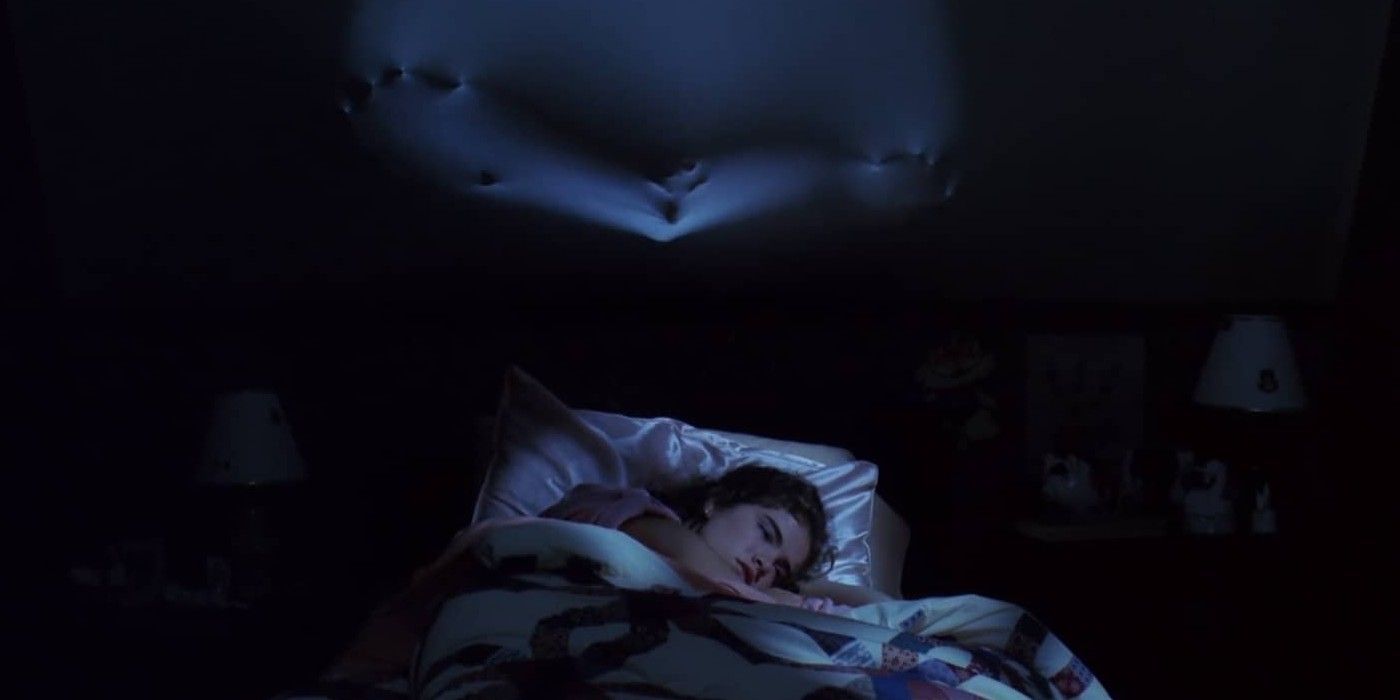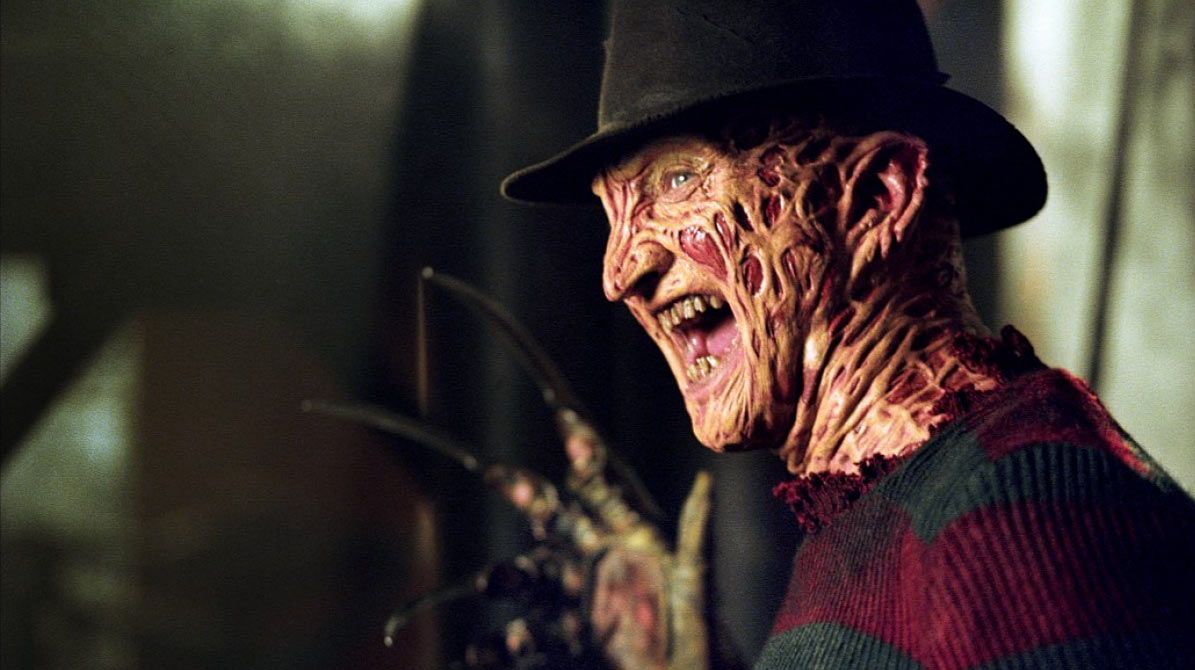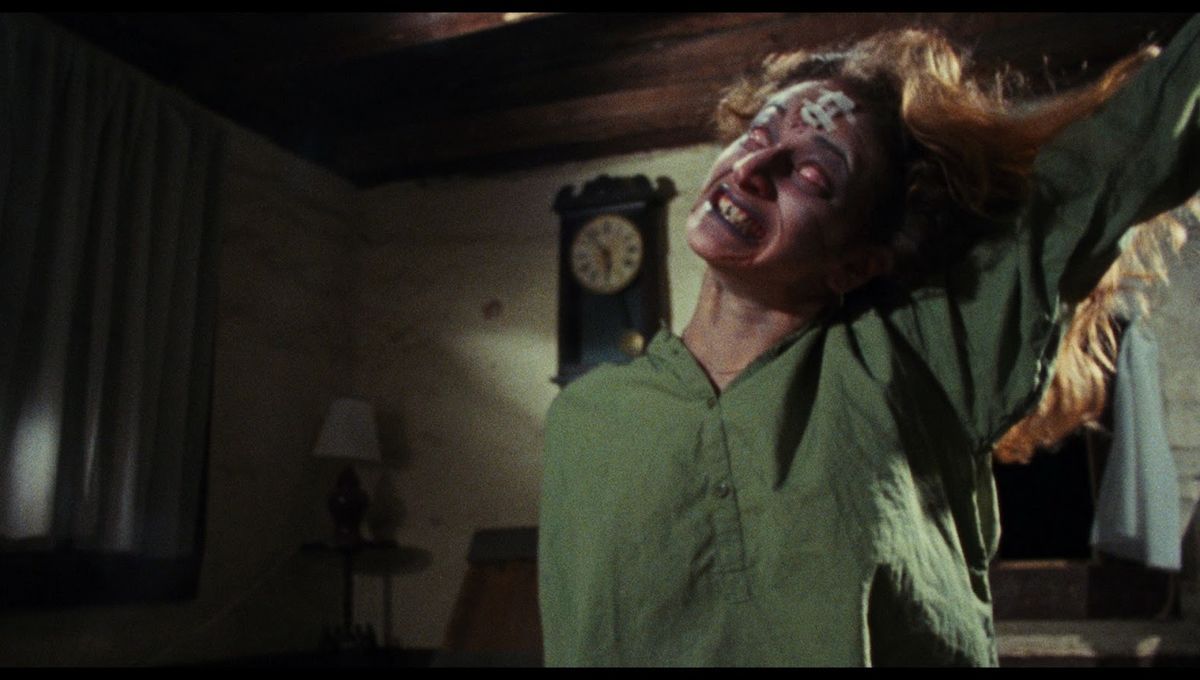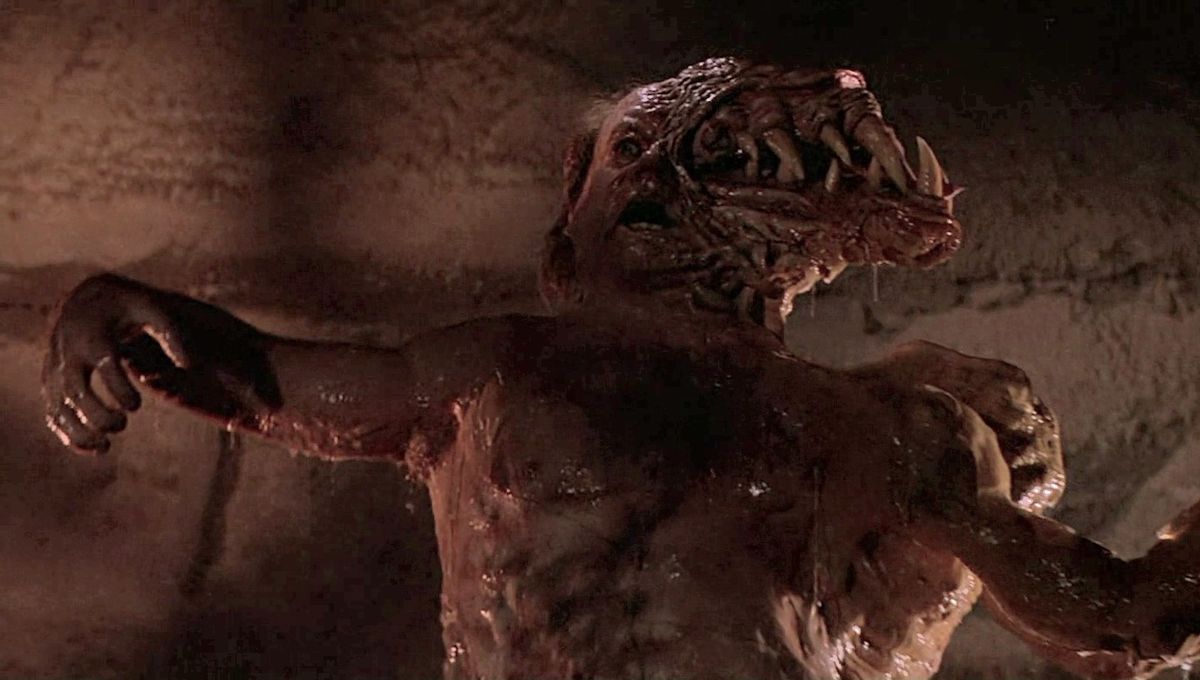Currently, the 1980s are the most replicated decade in pop culture with shows like Stranger Things and films like It profiting from the nostalgia. These properties also pull inspiration from the films and shows of that era, specifically the horror and science-fiction genre. It's no wonder that today's entertainment looks back fondly on horror films of the 80s when those movies are some of the most iconic of the genre, thanks to the breakthroughs in practical effects as well as the newly established blockbuster phenomenon.
Horror films were always popular, but it wasn't until 1975 that the genre and films at large were introduced to the concept of the blockbuster with Steven Spielberg's Jaws. This changed the landscape of the industry with audiences flooding theaters for popcorn entertainment, partially thanks to the mid 80s economic boom.
While action, science-fiction and adventure films were some of the best successes of the time, the horror genre was also pushing forward with its films becoming more of a spectacle than past movies, which focused on the horror of the unseen. With movies like 1982's Poltergeist, 1984's A Nightmare on Elm Street and 1988's Child's Play, these movies featured practical effects fans could gawk at and characters, like Freddy Krueger and Chucky, who had memorable performances because of their iconic looks and charismatic deliveries.
It was also during the 80s that the slasher genre exceeded all expectations of its predecessors with A Nightmare on Elm Street and 1980's Friday the 13th . Both films, along with having killers stalk teens, were direct contradictions of the more optimistic coming of age movies that dominated theaters at the time, like The Breakfast Club, Pretty in Pink and Sixteen Candles.
Furthermore, both of these films tackled America's obsession with wealth, looks and pleasure during the 1980s in different ways. Friday the 13th did so in a literal way with the killer pursuing the teens because they were ignoring their responsibilities in favor personal vices. Meanwhile, A Nightmare on Elm Street used affluence as the a backdrop with suburbia representing a perfect American society that had its false sense of security upended by the events of the film.
Along with that, the slasher genre's boom could be due to the real life fear of killers hiding in plain sight. The mid to late 70s were subject to the Satanic Panic as well as a string of publicized serial killers like the Zodiac Killer, Ted Bundy and the Hillside Strangler to name a few. The 80s would continue to face this fear of killers with the Night Stalker, so these movies accurately reflected a genuine concern in society.
It was also during this decade that, along with captivating effects, advancements in animatronics and practical makeup led to some of the most memorable yet disgusting cases of body horror. 1981's The Evil Dead specifically showcased several putrefying displays of the human body by mixing the satanic with the decomposing. 1981's An American Werewolf in London, which won the Oscar for Best Makeup and Hairstyling, also featured one of the most painful transformations in cinematic history, managing to create empathy for the protagonist while also terrifying audiences.
With these advancements, filmmakers no longer wanted to hide their work. Creatures were not to be restricted to the shadows anymore, so they took center stage instead. Blockbuster expectations and advanced techniques were a few of the reasons why body horror became so prominent, but it was also because viewers had grown used to traditional scare tactics in horror films, and body horror had plenty of of untapped potential.
One film that did this far too well was 1982's remake of The Thing, which was a critical and commercial failure. The movie lacked appeal to a mainstream audience, even being panned by Christian Nyby, the director of The Thing From Another World - the film The Thing was based off of; however, it became a cult classic and found its audience on the home screen, making it one of several films to develop a following through television during the 80s.
The Thing's lack of mainstream success has often been chalked up to the body horror of the film, which unlike The Evil Dead and An American Werewolf in London stepped away from the supernatural and focused on the scientific. This made the contorted anatomies and disfigured, bloodied bodies too real yet too unexplainable at the same time. It was a success in making one's skin crawl, but theatergoers weren't ready for that level of horror.
The focus on scientific body horror was not uncommon for the 80s, with 1986's The Fly also featuring a scientific transformation and disfiguration of its protagonist. This could be due to a number of events from the 80s, one being the significant genetic advancements taking place, including the first U.S. IVF baby being born in 1981, and the other being the AIDS Epidemic, which left many Americans scared about what was happening to their bodies and wondering why the government was failing to help.
With fears about unknown diseases, unexpected advances in science and serial killers running loose, the 80s provided plenty of terrors to explore in film. That along with the advancements in the effects industry, the rise of the blockbuster and Americans having expendable income led to one of most iconic decades of horror with its memorable characters stepping into the limelight.




